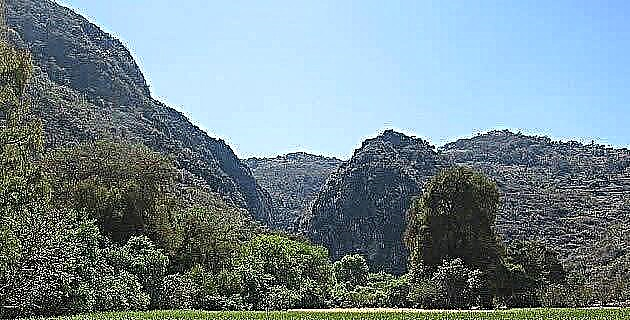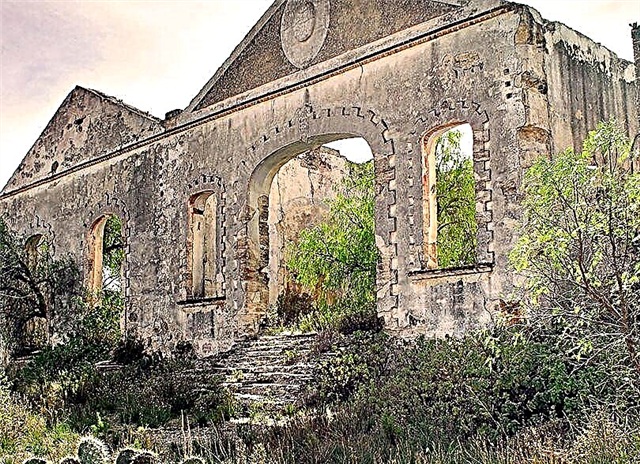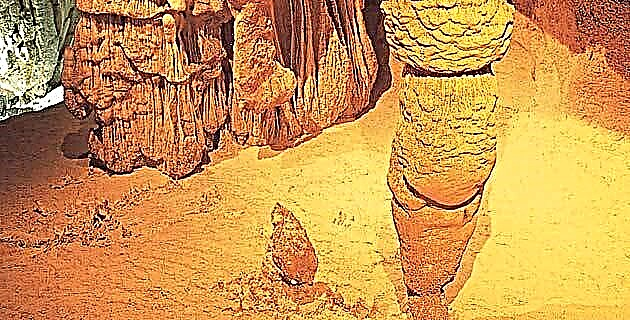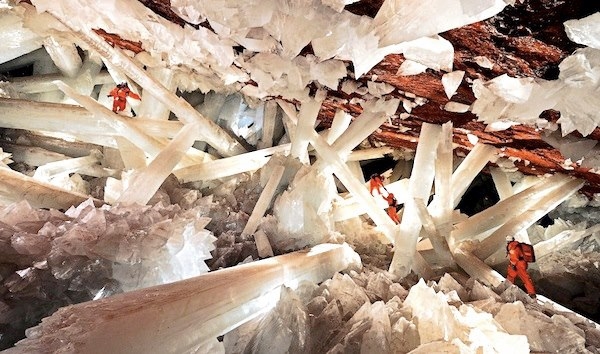This is one of the countries with the greatest natural wealth in the world and with almost half a million square kilometers of high speleological potential. We invite you to travel with us that underground world that few have the privilege of knowing.
Tertiary and quaternary limestones abound, which combined with their immense aquifer have given us cenotes, that is, flooded cavities that are found throughout their length and width. There are thousands of cenotes. And although the exploration of these forms comes from the ancient Mayans, in pre-Hispanic times, their registration and systematic exploration is certainly recent, 30 years ago. The findings have been spectacular as shown by the latest advances in the Sac Aktún and Ox Bel Ha systems, in Quintana Roo. Both have exceeded 170 km in length, all under water, making them the longest flooded cavities known to date in Mexico and in the world. The peninsula also contains some of the most beautiful cavities in Mexico such as Yaax-Nik and Sastún-Tunich.
In the mountains of Chiapas
They contain older limestone, from the Cretaceous, which are also very fractured, shaggy and deformed, in addition to the fact that it rains a lot there. The region contains both vertical and horizontal cavities. Thus we have the Soconusco System, with almost 28 km long and 633 m deep; the cave of the River La Venta, with 13 km; the well-known Rancho Nuevo cave, with a development of more than 10 km and a depth of 520 m; the Arroyo Grande cave, also 10 km long; and the Chorro Grande with a little more than 9 km. It has very vertical cavities such as the Sótano de la Lucha, one of the most voluminous in Mexico, with a vertical well of almost 300 m, in addition to containing an underground river; the entrance shaft of the Sótano del Arroyo Grande is a vertical of 283 m; the Sima de Don Juan is another great abyss with a fall of 278 m; the Sima Dos Puentes has a 250 m draft; in the Soconusco System is the Sima La Pedrada with a vertical of 220 m; Sima Chikinibal, with an absolute throw of 214 m; and the Fundillo del Ocote, with a drop of 200 meters.
In the Sierra Madre del Sur
It is one of the most complex physiographic provinces, with rock formations of various origins, and current seismic instability. In its eastern part, highly tectonized Cretaceous limestone mountain ranges rise in one of the rainiest areas of the country, where some of the deepest cave systems in the world have been explored. In this province, in the states of Oaxaca and Puebla, the deepest cavities in Mexico and the American continent are known, that is, all those that exceed 1,000 m of unevenness, which are nine. Some are of considerable extension, since they present developments of several tens of kilometers in length. This just to mention one of the most remarkable underground features of this province. The Cheve System stands out in this region, with 1,484 m of depth; and the Huautla System, with 1,475 m; both in Oaxaca.
In the Sierra Madre Oriental
It presents a mountainous sequence dominated by Cretaceous limestones that are highly deformed in large folds. Its caves are basically vertical, with some very deep, such as the Purificación System, with 953 m; the Sótano del Berro, with 838 m; the Sótano de la Trinidad, with 834 m; the Borbollón Resumidero, with 821 m; the Sótano de Alfredo, with 673 m; that of Tilaco, with 649 m; the Cueva del Diamante, with 621, and the Las Coyotas basement, with 581 m, among the most notable. In some parts there is a very important horizontal development, as in Tamaulipas, where the Purificación System has a length of 94 km, and the Cueva del Tecolote with 40. This region has been famous for a long time due to the presence of its large vertical chasms. Two have given it world fame, since they are considered among the deepest on the planet: the Sótano del Barro, with its 410 meter free fall shot, and the Golondrinas with its 376 m vertical. And they are not only included among the deepest, but also among the most voluminous, since the former has a space of 15 million cubic meters, while that of Golondrinas is 5 million. Other great vertical abysses of this province are the Sótano de la Culebra, with 337 m; the Sotanito de Ahuacatlán, with 288 m; and the Sótano del Aire, with 233 m. El Zacatón deserves special mention, in Tamaulipas, a large cenote, one of the few existing outside of Yucatán, whose body of water encloses a vertical abyss of 329 meters.
In the mountains and plains of the North
They are the driest provinces in Mexico and are mainly spread over Chihuahua and Coahuila. This area consists of a series of extensive plains dotted with numerous medium mountain ranges, many of them calcareous. The plains make up the biogeographic province of the Chihuahuan Desert. The province has been little explored by cavers and presents a variety of underground forms with essentially horizontal cavities, although there are also vertical ones, such as the Pozo del Hundido, with a free fall of 185 m. The horizontal caves that are known are of little extension, highlighting the Cueva de Tres Marías, with a development of 2.5 km and the grotto of Nombre de Dios, in the city of Chihuahua, with almost 2 km. In this province the Naica caves stand out, especially the Cueva de los Cristales, considered the most beautiful and extraordinary cavity in the world.











